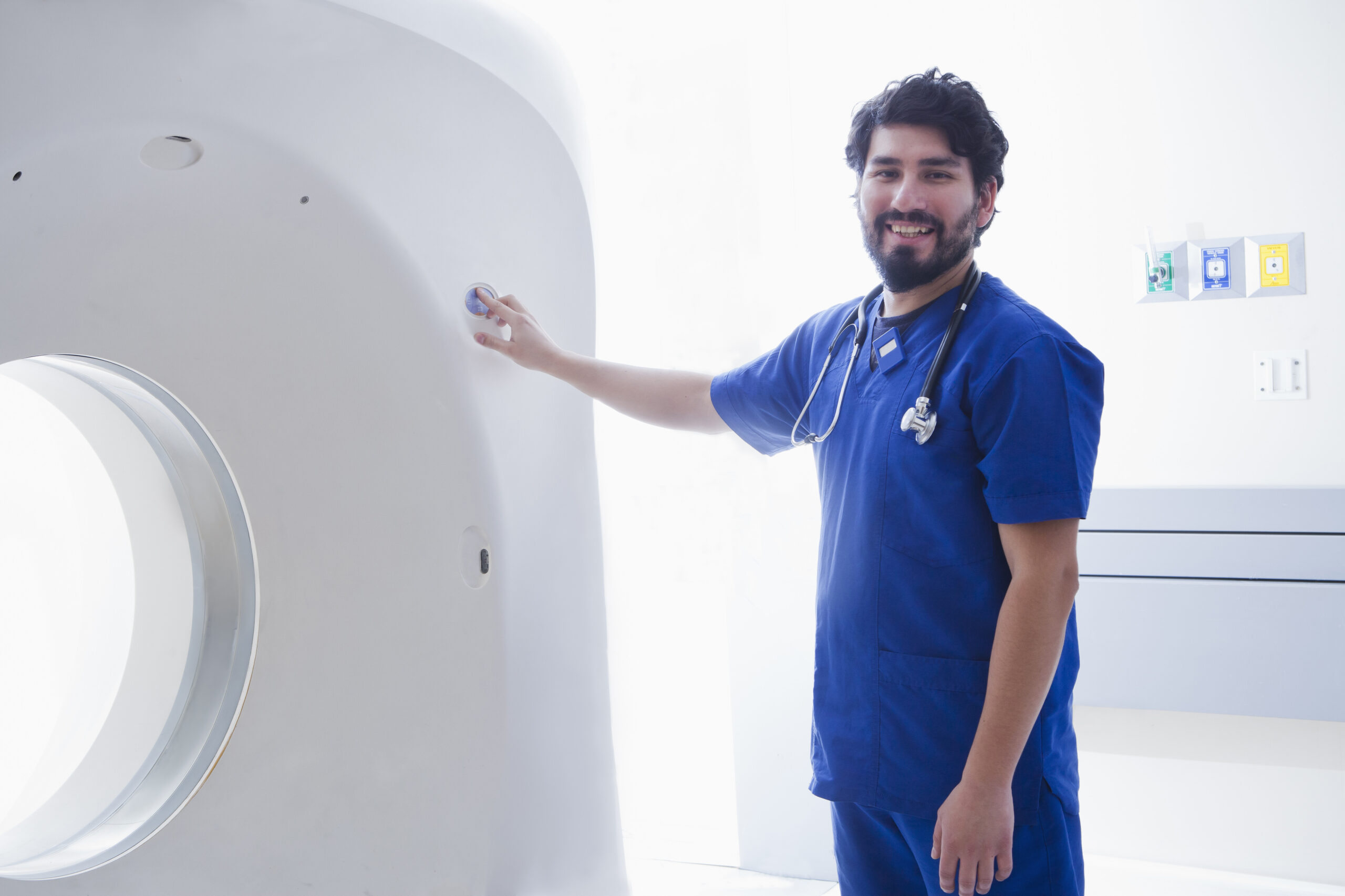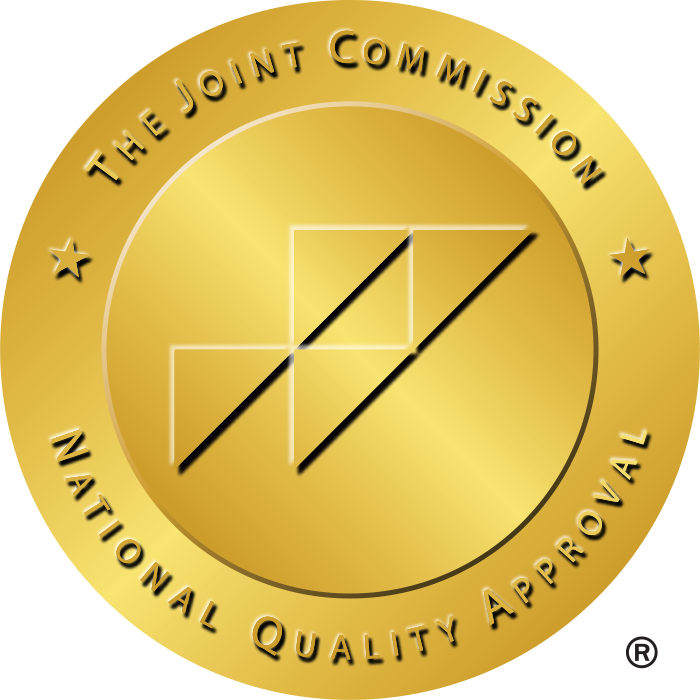How to Provide Culturally Sensitive Care as A Travel Nurse
Traveling around the world as a nurse is a breathtaking experience. You are able to lend a helping hand to those in need while having the opportunity to travel to new places. As rewarding as this career is, each location comes with its unique set of patients from different cultural backgrounds.
This is where cultural sensitivity is important. Sensitivity to culture is recognizing that each person, their values, and the entire way of living is unique. When care is approached with sensitivity, trust is established, better relationships between patients and caregivers is formed, and health outcomes improve.
In this article, you will look at different cultural discrepancies that are bound to come your way with practical steps of embracing them with love and kindness.
Understanding Cultural Sensitivity
To be culturally sensitive means that you recognize and understand patients come from different backgrounds, which has a significant impact on how they view and interact with the world.
For a travel nurse, this means being considerate of and appreciating your patients’ beliefs, values, and traditions, especially those that pertain to healthcare and its delivery. Why is this important? It’s important because it enhances patients’ relations with healthcare providers and builds their trust.
However, it can be hard because of barriers like language differences, stereotypes, or even biases from a lack of understanding. The first step to being a more compassionate and culturally sensitive nurse is recognizing these barriers.
Practical Steps to Provide Culturally Sensitive Care
Now that you understand what sensitive care entails, let’s move on to the five best ways to offer culturally sensitive care and be effective as a travel nurse. These steps include:
1. Research Before You Go
The process first starts with you learning about the people and their customs before you go on your assignment. This means understanding their values, way of life,communication, and even traditions as it can influence how you administer care.
For example, some cultures prefer that certain family members be part of the decision-making process regarding their health. At the same time, others have specific eating rules for when a person is sick.
To navigate this, you need to read articles, cultural guides, and even Youtube videos. What matters is that you make the effort to connect with the locals and deliver care that is consistent with their customs and beliefs. If you still struggle with understanding some of their preferences, you can ask your colleagues or other nurses in the area who may have experience treating the locals.
2. Communicate Effectively
The next phase is considering how you interact with the locals when performing this culturally sensitive care. Your interactions should be focused on effective communication, which involves paying attention to what is being said and what you say.
Also note that communication doesn’t only involve speech as studies show that 55% of communications are non-verbal. So, you must pay attention to your patient’s tone of voice, pitch, body movements, and more to effectively communicate with them.
You may also find yourself in a situation where the language is different or the elders are more fluent in a local dialect. In this case, you can use translation apps to interact or even use visual aid like pictures and videos to help your patients understand the issue, treatment, etc..
But regardless of the situation, always communicate with a calm voice and avoid using complex medical terms. Your goal is to pass information and treatment to the patient, so use every means possible to do this empathetically and effectively.
3. Flexibility and Adaptability in Care
One of the biggest advantages you have as a travel nurse is flexibility. Culturally sensitive care often requires you to provide aid that is different from what you are used to delivering. Some patients have dietary restrictions due to culture or religion, while others may wish to involve family members in their care decisions.
Be more accommodating in how you adjust your values rather than being strict. If you are uncertain about which value is most important to your patient, don’t hesitate to make the effort to check—it is almost certain they will appreciate it.
The aim is to consider how best you can incorporate their culture into the care you give without compromising on quality. A lot of patients will feel more at home and trust their caregivers better with these simple adjustments.
4. Building Trust with Patients
Trust is vital when dealing with sensitive care. When patients trust the health workers, they are more willing to discuss their worries and collaborate with the workers in managing their health. To cultivate this trust, show sincere interest in their culture.
It is important to understand there will be differences; respect these choices and beliefs. If there are any miscommunications (and there more than likely will be), be gentle. Offer apologies when necessary, but also strive to learn from the encounter.
Naturally, trust takes time, but small considerate actions and compassion help patients receive better care.
5. Collaborating with Diverse Teams
As a travel nurse, you will interact with people from all kinds of backgrounds. It is an opportunity to grow. Begin with respecting and understanding your colleagues: they may have tips regarding local customs or local patient care that are completely new to you.
Collaborative work must be reciprocal, and you should be willing to contribute as much as you expect to gain. Always try to use cultural misunderstandings as a learning opportunity, keeping in mind that the approach taken must be respectful.
Promote cultural competence training to your colleagues if the option is available to them. Doing so will help build collaboration and improve patient care.
Bonus: Tools and Resources for Travel Nurses
Travel nurses can take advantage of many helpful resources, such as sensitivity training, to enhance cultural awareness. For example, there are courses online that teach users about different cultures, which can be very beneficial, especially for new travel nurses.
There are also mobile applications like language dictionaries or cultural guidebooks that can be very useful when needing fast assistance.
Here are some resources to explore:
- Cultural awareness courses on sites like Coursera or LinkedIn
- Translation applications like Google Translate or iTranslate
- Regional cultural guide books that focus on the area you are working in.
You can use travel nurse forums and social media to share stories and learn from medical professionals that have worked in the same area. Also, a lot of hospitals offer cultural training sessions, so be willing to attend those!
These tools will help broaden your understanding of culturally sensitive, compassionate care. With a willingness to learn and curiosity about the world, you will reach new heights professionally.
Conclusion
Ultimately, being a travel nurse offering culturally sensitive care is more than just skill not having a deeper connection with patients. This involves understanding their culture and administering medication or solutions based on their beliefs and traditions.
To do this correctly, you have to understand the location, talk to the patient, be flexible, build trust, and collaborate with other nurses. The task won’t be easy but having an open mind that’s ready to weather any storm is one way to succeed as a travel nurse offering culturally sensitive care.







